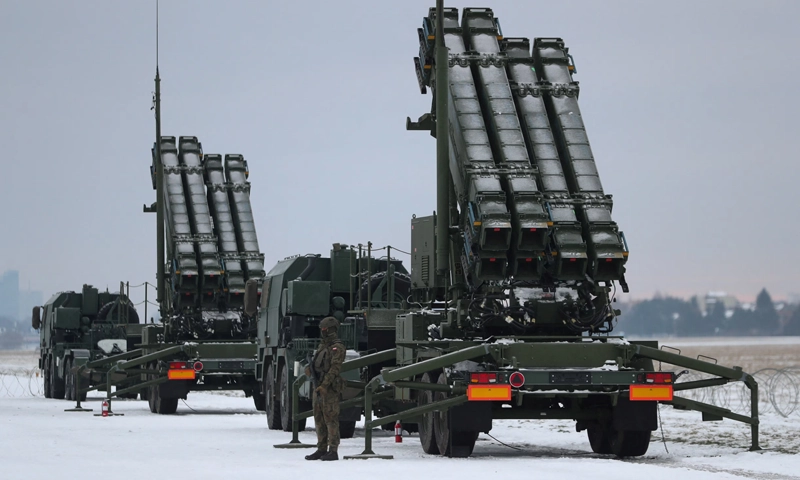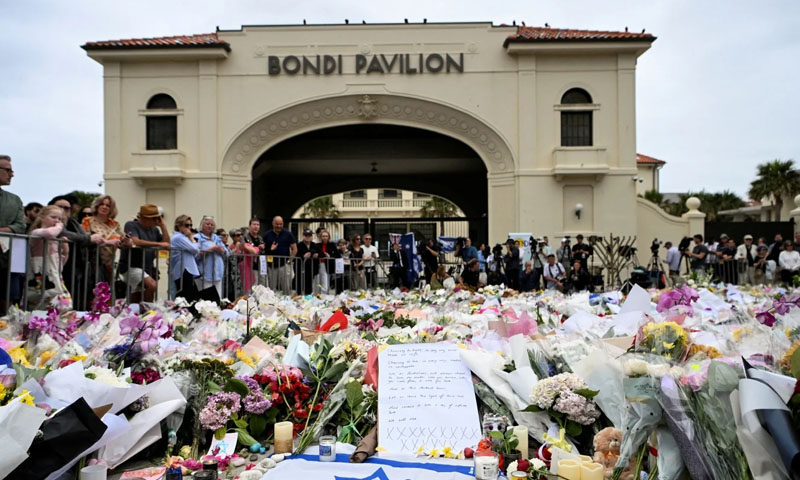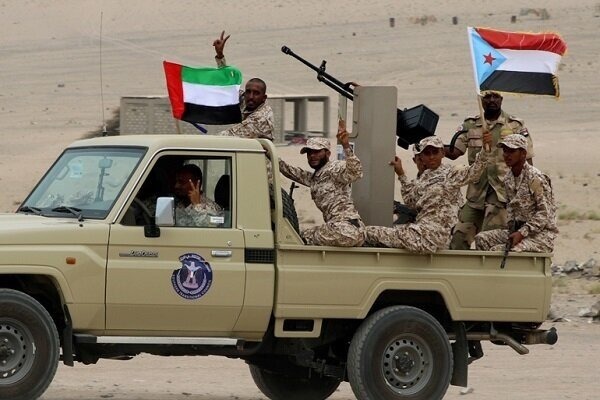- Web Desk
- Today
What is the Patriot missile system and how is it helping Ukraine?
-

- Reuters
- Jul 14, 2025

WASHINGTON: President Volodymyr Zelenskiy met US special envoy to Ukraine Keith Kellogg on Monday in the capital Kyiv, where they discussed boosting Ukraine’s air defences and Kyiv buying weapons with European help.
The meeting took place the day after US President Donald Trump said he would send Patriot air defence missiles to Ukraine and ahead of an expected announcement on Monday of a new US plan to arm Kyiv with offensive weapons.
Also read: US Navy seeks to arm ships with Patriot missiles to counter China
“We discussed the path to peace and what we can practically do together to bring it closer. This includes strengthening Ukraine’s air defence, joint production, and procurement of defence weapons in collaboration with Europe,” Zelenskiy wrote on X. “And of course, sanctions against Russia and those who help it.”
Meanwhile, German Defence Minister Boris Pistorius is set to discuss the possibility of Germany paying for American Patriot air defence systems for Ukraine, as he heads to Washington to meet with US Secretary of Defence Pete Hegseth.
Ukrainian President Volodymyr Zelenskiy has asked for more defensive capabilities, among them Patriot systems and missiles, to fend off daily missile and drone attacks from Russia.
Here is some key information about the Patriot:
WHAT IS THE PATRIOT SYSTEM?
The Patriot, short for Phased Array Tracking Radar for Intercept on Target, is a mobile surface-to-air missile defence system developed by Raytheon Technologies RTX.N.
It is considered one of the most advanced air defence systems in the U.S. arsenal and has been in service since the 1980s.
A typical battery includes radar and control systems, a power unit, launchers, and support vehicles. The system can intercept aircraft, tactical ballistic missiles and cruise missiles, depending on the interceptor used.
HOW DOES THE PATRIOT WORK?
The system has different capabilities depending on the type of interceptor used.
The earlier PAC-2 interceptor uses a blast-fragmentation warhead that detonates in the vicinity of a target, while the PAC-3 family of missiles uses more accurate technology that hits the target directly.
It is not clear what kind of Patriot systems have been donated to Ukraine, but it is likely that Kyiv has at least some of the newer PAC-3 CRI interceptors.
The system’s radar has a range of over 150 km (93 miles), the North Atlantic Treaty Organization (NATO) said in 2015.
Although the Patriot was not originally designed to intercept hypersonic weapons and Raytheon has not yet confirmed if it is able to do so, in May 2023 the U.S. confirmed Ukraine had used it to shoot down a Russian Kinzhal missile, which Moscow claims is hypersonic.
Since January 2015, the Patriot has intercepted more than 150 ballistic missiles in combat operations, Raytheon says on its website.
HOW WIDELY IS IT USED?
Raytheon has built and delivered over 240 Patriot fire units, according to its website.
These have been shipped to 19 countries, according to Raytheon, including the U.S., Germany, Poland, Ukraine, Japan, Qatar, Saudi Arabia and Egypt.
In January, Axios reported the U.S. had transferred about 90 Patriot interceptors from Israel to Ukraine.
HOW MUCH DOES IT COST?
A newly produced single Patriot battery costs over $1 billion, including $400 million for the system and $690 million for the missiles in a battery, according to the Center for Strategic and International Studies.
Patriot interceptors are estimated at around $4 million per missile, CSIS says.
WHY DOES UKRAINE WANT MORE PATRIOTS?
Kyiv has consistently asked Western allies for more air defences to protect critical infrastructure and civilian areas from frequent Russian missile and drone attacks.
While effective at intercepting missiles and aircraft, Patriots are a costly way to shoot down low-budget drones.
Still, Ukrainian officials say they are essential to defending key targets from Russia’s escalating long-range attacks.
Russia says it sees the Patriots as a direct escalation. Foreign ministry spokeswoman Maria Zakharova said in May that supplying more systems to Ukraine would delay the chances of peace.
Trump, who began his second term with a more conciliatory approach to Russia, has in recent weeks signalled disenchantment with Russian President Vladimir Putin as Moscow has stepped up air strikes on Kyiv and other Ukrainian cities.
An air-raid alert was declared in Kyiv shortly after the meeting took place.




